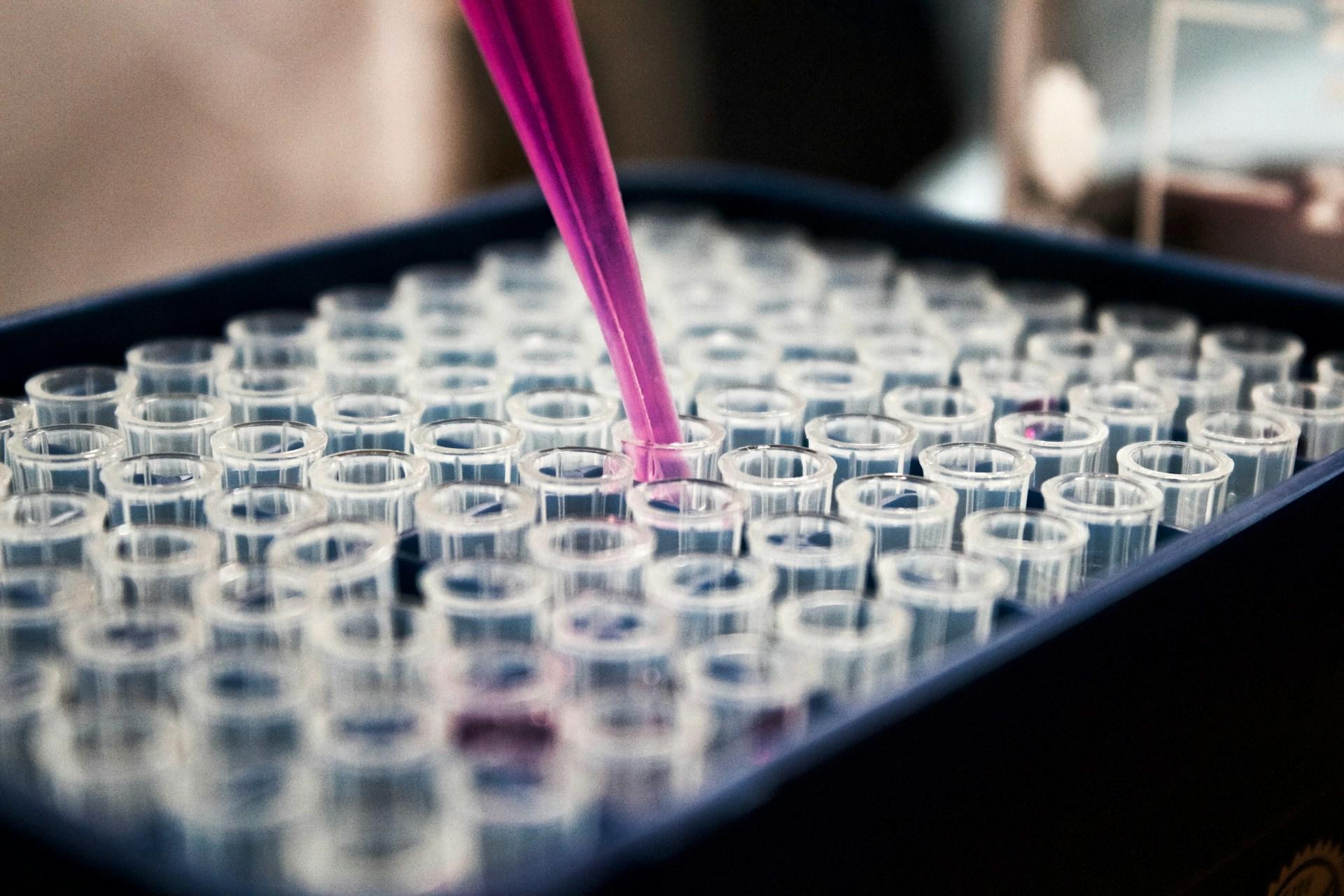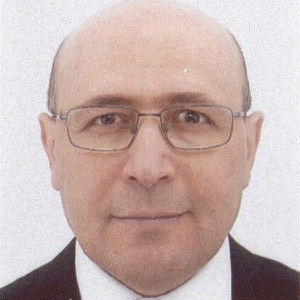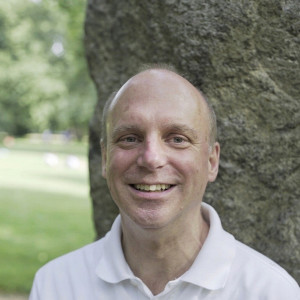Chapters

GCSE Biology Syllabus for Inheritance and Genetics: An Overview
Among the topics covered by Biology at GCSE Level are Inheritance and Genetics, which study chromosomes and the structure of our DNA.
You will already know that you inherit genes and characteristics from your biological parents, yet what this topic does is exposes just how our DNA structure is made up and how one of each pair of chromosomes comes from your mother and father.
While you inherit equal amounts of chromosomes from both parents, this does not mean to say that the physical or emotional characteristics you display and feel will be split half and half. One child may take after their father more than mother in a variety of ways and siblings will often develop their own unique features.
External factors including the environment and culture you live in will also impact on your behavioural characteristics.

After learning about the structure of DNA with your biology teacher, including base pairs, you will turn your attention to alleles. These are different versions of the same gene and are referred to as either dominant or recessive.
Finally, you will explore the different types of cell division and the stages that they go through. You will discover that Mitosis, for example, produces two identical cells with the same number of chromosomes as in the original cell.
Meanwhile, Meiosis, which produces gametes, creates four genetically different haploid cells. The latter is called a reduction division because the chromosome number is halved from diploid to haploid.
To help you to follow the biological parts, processes and functions described below, we have provided a glossary of terms, put together by the experts at BBC Bitesize, which can be referred to whilst you read this text, or can be saved for future reference. Go to their website for tonnes more guides, tests and other useful references during your course.
Note: Having a list of key terminology can be very useful when you come to revise for your exam, as this topic is likely to come up in at least one question on your paper.
GCSE Biology Glossary of Terms
(Extracted From BBC Bitesize)
"Chromosome: The structure made of DNA that codes for all the characteristics of an organism.
Diploid: A cell that contains two sets of chromosomes.
DNA: Deoxyribonucleic acid. The material inside the nucleus of cells, carrying the genetic information of a living being.
Double helix: The shape of the DNA molecule with two strands twisted together in a spiral.
Gamete: Sex cell (sperm in males and ova/eggs in females).
Gene: The basic units of genetic material inherited from our parents. A gene is a section of DNA which controls part of a cell's chemistry - particularly protein production.
Haploid: A sex cell (gamete) that contains one set of chromosomes.
Heredity: Genetic information that determines an organism’s characteristics, passed on from one generation to another.
Mitosis: A type of cell division which produces daughter cells identical to the parent.
Nucleus: The central part of an atom. It contains protons and neutrons, and has most of the mass of the atom. The plural of nucleus is nuclei.
Organism: Living entity, eg animals, plants or microorganisms."
DNA, Genes And Chromosomes
DNA is what decides how we look, how we feel and react in certain situations and it can also determine our health, i.e. if hereditary diseases are passed on from the parents. DNA is not just what makes a human being though, DNA is what carries genetic code for all living organisms including plants and animals.
DNA molecules are quite complex structures. Chromosomes are made from DNA, with half being passed on by each parent.
Every person's DNA is unique with the exception of identical twins who are produced from the same fertilised egg.
Fingerprints are the most reliable way to identify people because they unique to every person.

A gene makes up a section of DNA that holds the code for a specific protein. If you imagine that water is measured in litres, genes are the unit of heredity. It is these special sets of codes that are copied and passed on to the next generation during fertilisation, so that a child carries genes from its mother and its father.
The cell’s nucleus is made up of chromosomes, which are long threads of DNA that are in turn made up of many genes.
James Watson and Francis Crick were responsible for discovering the structure of DNA back in the 1950s, building a model of DNA which appears in a double-helix shape that we are familiar with today. The model, which was produced with help from data found by other scientists, looks like two coiled strands.
If you aren't keeping up, don't worry, we did say that DNA is complex! That is why scientists took so long to discover exactly how our bodies are made up and are still continuing to research this subject today. There is still time to revise this topic before the exam.
The strands of DNA are each made up of chemicals which are called bases, of which there are four: thymine, adenine, guanine and cytosine. You may have seen these referred to in textbooks as T, A, G and C. The two strands have cross-links so they form pairs of bases.
As we have already mentioned, chromosomes appear in the nucleus of a body cell. Pairs of chromosomes carry the same genes in the same places but there are different versions of each gene, called alleles. As an example, a person may carry the gene for blue eye colour as well as brown eye colour, or they may carry two of the blue or brown genes. The eye colour displayed will depend on which allele is recessive and which is dominant, with the dominant allele always winning the fight.
You only need to have one of the dominant alleles for this characteristic to be displayed as it outweighs the recessive allele.
When it comes to eye colour, brown is a dominant allele. However, even if both of your parents have brown eyes, you could still end up with blue or green eyes if they each carry one of the recessive cells and both pass these o to you.
You need two copies of the recessive blue eye colour allele to have blue eyes.

Mammals carry body cells that are described as diploid, which means that chromosomes are copied exactly and therefore new cells can be produced with the purpose of replacing worn-out cells, repairing damaged tissue and to aid growth. The type of cell division associated with diploid cells is called mitosis, where two genetically identical cells are produced with the same number of chromosomes as in the original cell.
Meiosis is another type of cell division which produces gametes. Human gametes are haploid, which means that their nucleus only contains a single set of 23 as yet unpaired chromosomes (as opposed to diploid cells which hold 46 pairs of chromosomes). The human body contains 23 pairs of chromosomes.
During the process of meiosis, four genetically different haploid cells are produced, which can be described as reduction division.
A biology tutor a level will be able to help with this topic and more.
Useful Links
Don't forget to check our other blogs covering GCSE Biology topics:
GCSE Biology Syllabus: Topics At A Glance
GCSE Biology Revision: Reproduction In Humans
GCSE Biology Evolution
GCSE Biology Revision: Living Organisms
GCSE Biology: Digestive System
















